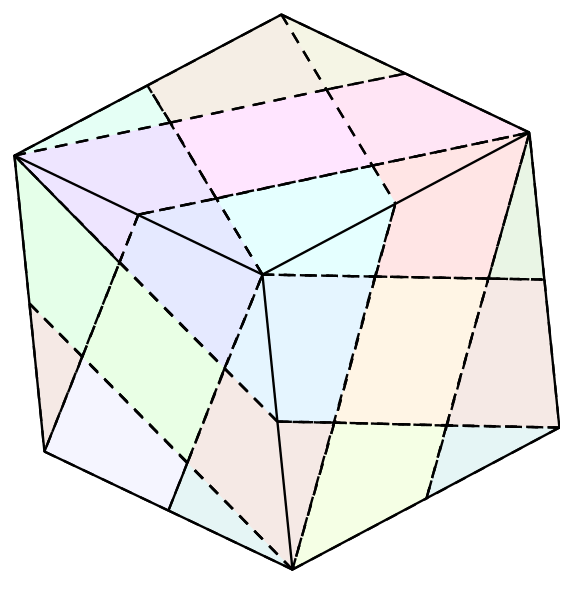Suppose you are given a single unit square, and you would like to completely cover the surface of a cube by cutting up the square and pasting it onto the cube's surface.
Q1. What is the largest cube that can be covered by a $1 \times 1$ square when cut into at most $k$ pieces?
The case $k=1$ has been studied, probably earlier than this reference:
"Problem 10716: A cubical gift," American Mathematical Monthly, 108(1):81-82, January 2001,
solution by Catalano-Johnson, Loeb, Beebee.

(This was discussed in an
MSE Question.)
The depicted solution results in a cube edge length of
$1/(2\sqrt{2}) \approx 0.35$.
As $k \to \infty$, there should be no wasted overlaps in the covering of the 6 faces, and so the largest cube covered will have edge length $1/\sqrt{6} \approx 0.41$. What partition of the square leads to this optimal cover?
Q2. For which value of $k$ is this optimal reached?
I have not found literature on this problem for $k>1$, but it seems likely it has been explored. Thanks for any pointers!










